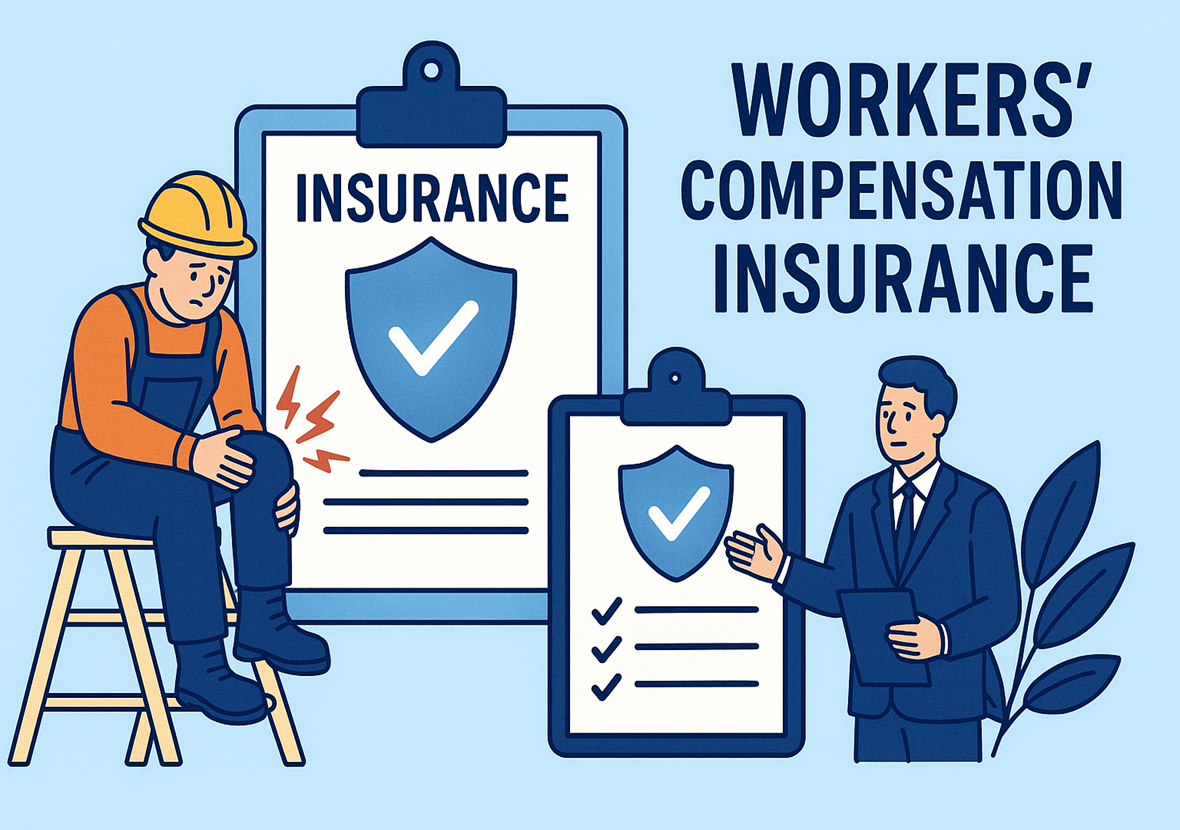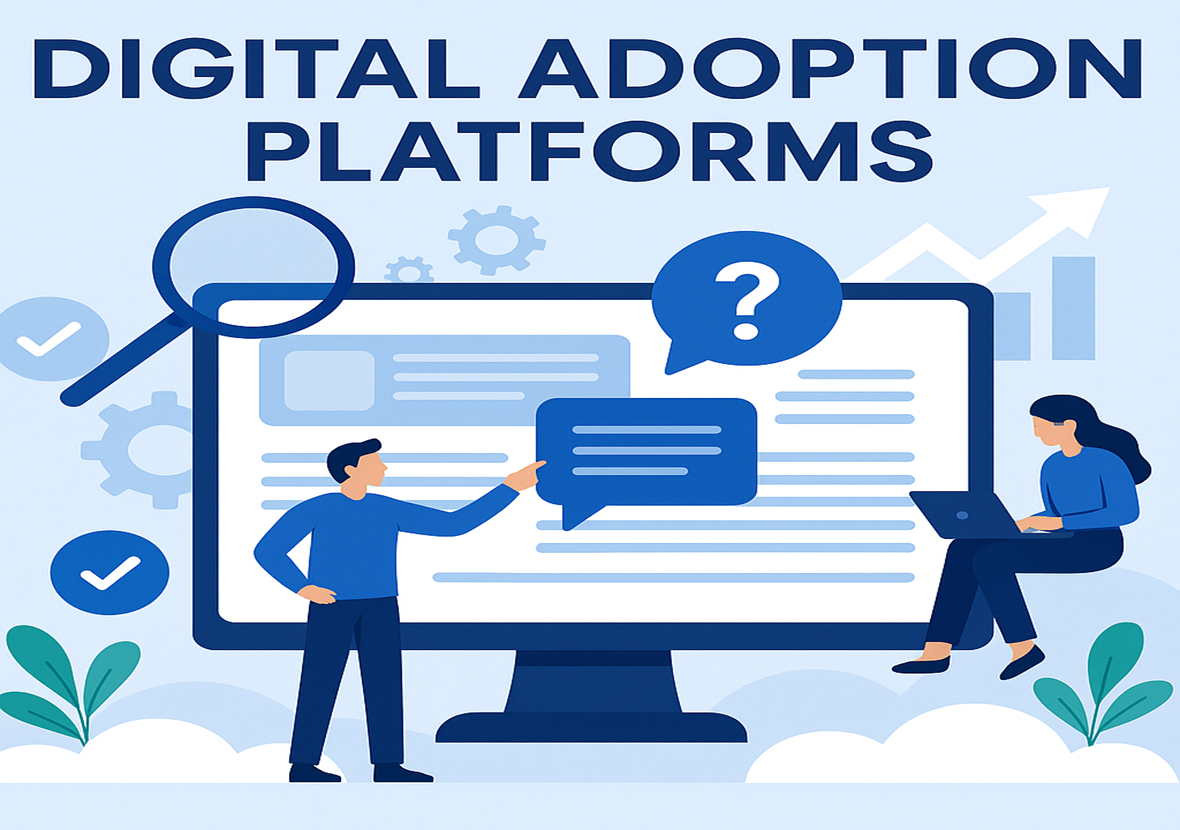How to Build E-Learning Content That Actually Works
Many e-learning courses may appear polished and professional, yet fail to engage learners effectively, often leaving them confused or disengaged. Despite the rapid expansion of digital education tools, numerous programs prioritize aesthetics and compliance over meaningful learning outcomes.
Effective e-learning content development extends beyond simply uploading slides or recording lectures—it requires the creation of an educational experience that fosters retention and practical application of knowledge. A well-designed course ensures that learners not only absorb information but also develop the skills necessary to apply it in real-world scenarios.
As demand for online education continues to grow across corporate training, academic institutions, and professional development initiatives, understanding how to design impactful e-learning content has become increasingly essential.
This discussion will provide key insights into building e-learning programs that drive meaningful learning. Topics covered will include defining instructional goals, structuring engaging modules, utilizing multimedia effectively, measuring content efficacy, and more. Whether new to instructional design or seeking to refine existing strategies, these principles will support the development of courses that truly educate.
Define Clear, Actionable Learning Objectives
Before you even think about visuals, assessments, or delivery platforms, you need to be crystal clear on what the learner should walk away knowing or doing. Vague goals like “understand compliance rules” won’t cut it. Instead, strong e-learning starts with specific, measurable objectives tied directly to learner performance.
For example, if you’re creating a training module on cybersecurity awareness, a solid objective might be: “Identify and report five types of phishing emails.” This makes it easy to design content and assessments that align with the goal.
When objectives are clearly defined from the start, every aspect of the course—from the content to the quizzes—can be developed with purpose. It also helps learners know what’s expected of them, which improves focus and motivation.
Effective e-learning doesn’t try to cram too much information into one module. Each lesson should focus on a limited set of objectives, keeping the scope manageable and the content digestible. This principle of “less is more” helps avoid cognitive overload and keeps learners engaged.
Use Storytelling and Scenarios to Increase Engagement
Engagement isn’t just about colorful slides or fun animations. What truly grabs a learner’s attention is relevance. People learn best when they can connect new information to their own experiences, challenges, or goals. That’s why storytelling and real-world scenarios are powerful tools in e-learning content development.
Imagine you’re training new managers on how to conduct performance reviews. A dry list of do’s and don’ts may not stick. But walking them through a realistic scenario—complete with dialogue, dilemmas, and consequences—helps learners see how abstract ideas apply in practice.
Stories also make learning more emotional and memorable. A narrative about a data breach at a company, caused by a simple mistake, can have a greater impact than a dozen bullet points on password safety.
Effective scenario-based learning involves characters, context, and consequences. Learners are encouraged to make decisions, reflect on their choices, and see what happens next. This interactive style boosts retention and fosters problem-solving—skills that matter far more than memorizing facts.
Design for Active Learning, Not Passive Consumption
One of the biggest pitfalls in online learning is turning it into a one-way stream of information. Clicking through slides or watching long videos may feel productive, but it often leads to passive consumption instead of deep understanding. That’s why active learning strategies are critical to effective e-learning.
Active learning means learners are involved, thinking critically, and interacting with the material. This could be through drag-and-drop exercises, quizzes that provide instant feedback, or open-ended questions that invite reflection. It can even include micro-interactions like predicting an outcome before seeing it unfold in a video.
The goal is to make learners apply, analyze, and evaluate—key actions from Bloom’s Taxonomy that go beyond just remembering. For example, instead of simply stating policies, a compliance course might ask learners to identify violations in a simulated case study.
This shift from passive to active learning doesn’t just improve engagement; it reinforces knowledge in a meaningful way. Learners become participants in their education, which helps information stick and skills transfer to real life.
Incorporate Multimedia with Purpose, Not Just for Flash
Multimedia is one of the biggest advantages of e-learning—but also one of its biggest risks. Used well, it can bring content to life. Used poorly, it can overwhelm or distract. That’s why every element—images, video, audio, animation—should serve a clear instructional purpose.
Consider using short explainer videos to illustrate complex concepts. Animated diagrams can show how systems work. Voiceovers can guide learners through visuals or scenarios. But avoid auto-playing background music, overly busy visuals, or long videos without breaks.
A best practice in instructional design is aligning visuals with narration to avoid split attention. This is backed by Mayer’s Multimedia Learning Principles, which show that combining words and pictures can enhance understanding—but only when done thoughtfully.
Another important consideration is accessibility. Make sure your multimedia includes captions, transcripts, and alt-text where necessary so learners of all abilities can engage with the material. Tools like Articulate Storyline or Adobe Captivate allow for robust media integration with accessibility options.
Build Feedback Loops and Assessment Throughout
Assessment shouldn’t just be something you add at the end of a course. Instead, it should be baked into the learning process through ongoing feedback loops. This allows learners to check their understanding and adjust before it’s too late—and it gives instructors valuable data on what’s working.
Formative assessments are short, low-stakes check-ins that help learners gauge progress. These can be multiple-choice quizzes, short reflections, or interactive scenarios. Summative assessments, on the other hand, measure whether learners have achieved the course objectives.
Feedback is just as important as the assessment itself. Generic “Correct” or “Incorrect” messages aren’t enough. Instead, explain why an answer is right or wrong, and offer hints or links to review material when learners struggle.
Effective assessments are aligned with the course’s learning goals. If your objective is to have learners troubleshoot an IT issue, then make your assessment interactive and hands-on—not a written quiz on technical terms.
Evaluate, Iterate, and Improve Your Course
The final phase of effective e-learning content development is continuous refinement. Even the most well-structured course can lose its effectiveness if it is not consistently evaluated and updated based on real-world feedback.
Leveraging data from a learning management system (LMS) allows for performance analysis—identifying drop-off points, frequently missed questions, and time spent on each module. Such insights reveal potential weaknesses in clarity, pacing, or instructional design.
Qualitative feedback gathered through surveys and assessment forms further enhances course improvement. Engaging learners in discussions about what was beneficial, what posed challenges, and what adjustments they would recommend can yield valuable refinements. Often, minor modifications—such as rephrasing a complex question or integrating a relevant real-world scenario—can significantly improve comprehension and engagement.
Regular updates to content are also essential. As industry standards, technologies, and best practices evolve, particularly in fields such as healthcare, finance, and information technology, maintaining accurate and up-to-date material strengthens trust and educational impact.
By treating e-learning as an ongoing process rather than a static product, organizations can ensure their courses remain relevant, engaging, and effective in the long term.
https://usfonts.link/ai-in-financial-planning/
Conclusion
Developing effective online courses goes beyond visual appeal or simply presenting information—it requires the creation of meaningful learning experiences that are clear, relevant, and engaging. By emphasizing well-defined objectives, storytelling techniques, interactive learning, strategic use of multimedia, robust assessment methods, and ongoing refinement, educators can design e-learning programs that deliver lasting impact.
The distinction between fulfilling training requirements and fostering genuine education lies in the quality of content development. Fortunately, expertise in technology is not a prerequisite for crafting compelling learning experiences. A thoughtful instructional approach and the application of proven strategies are sufficient to build educational programs that resonate with learners and facilitate practical knowledge acquisition.














